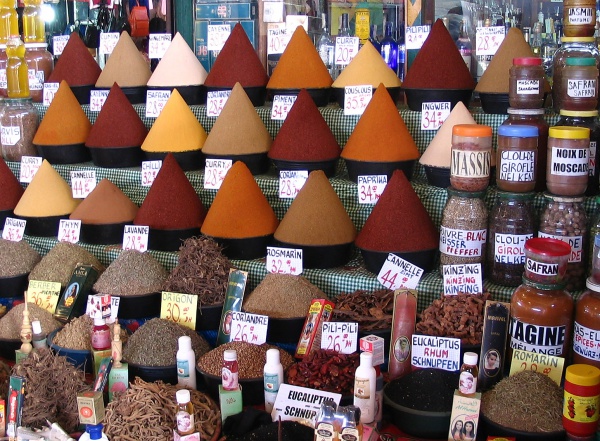Facts About Moroccan cuisine
Moroccan cuisine is a delightful amalgamation of flavors and traditions, drawing from Berber, Arab, Andalusian, and Mediterranean influences with touches of European and sub-Saharan elements. Over the centuries, Morocco's interactions with various cultures have enriched its culinary heritage.
Essential ingredients in Moroccan dishes include an array of Mediterranean fruits and vegetables, along with meats such as beef, goat, lamb, and chicken. Seafood also plays a pivotal role. The magic of Moroccan food lies in its spices—cinnamon, cumin, turmeric, and ginger—complemented by fresh herbs like mint, parsley, and coriander.
A typical Moroccan meal begins with an assortment of hot and cold salads, setting the stage for main courses such as tagines or couscous. Due to religious beliefs, pork and alcohol are rarely found in Moroccan meals. Couscous, tagines, and seafood dishes are crowd favorites, while bread is a constant companion, available in various forms from local bakeries. When temperatures drop, soups like Harira and Bissara become go-to comfort foods, and salads often feature a delightful mix of raw and cooked vegetables.
For dessert, Moroccans enjoy seasonal fruits and pastries such as kaab el ghzal and halwa chebakia. Seafood is particularly significant, with sardines being a major export. When it comes to beverages, green tea with mint stands out. It's prepared with great care and served with sugar cones, making it a cherished part of Moroccan hospitality.

 Western Sahara
Western Sahara